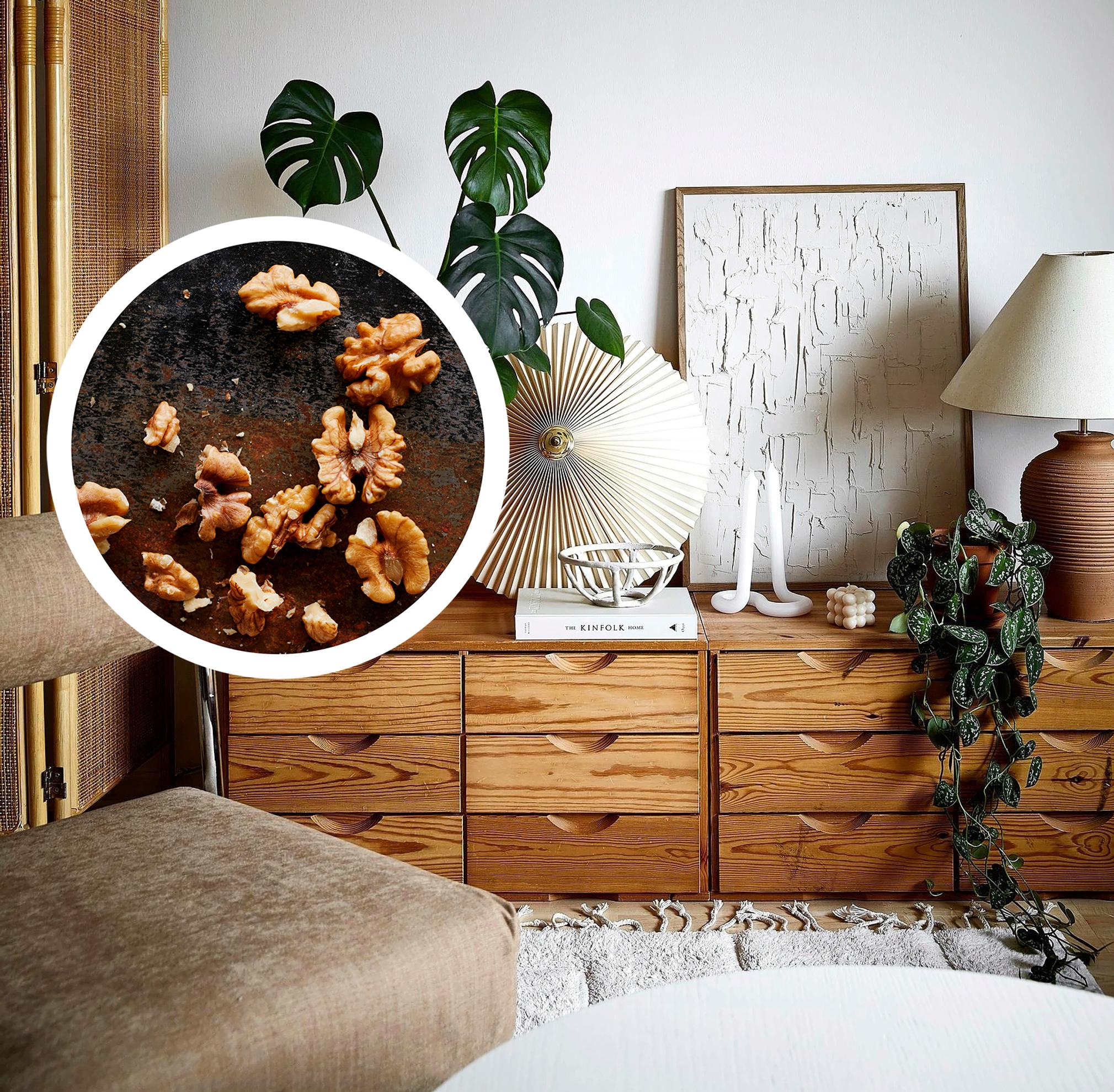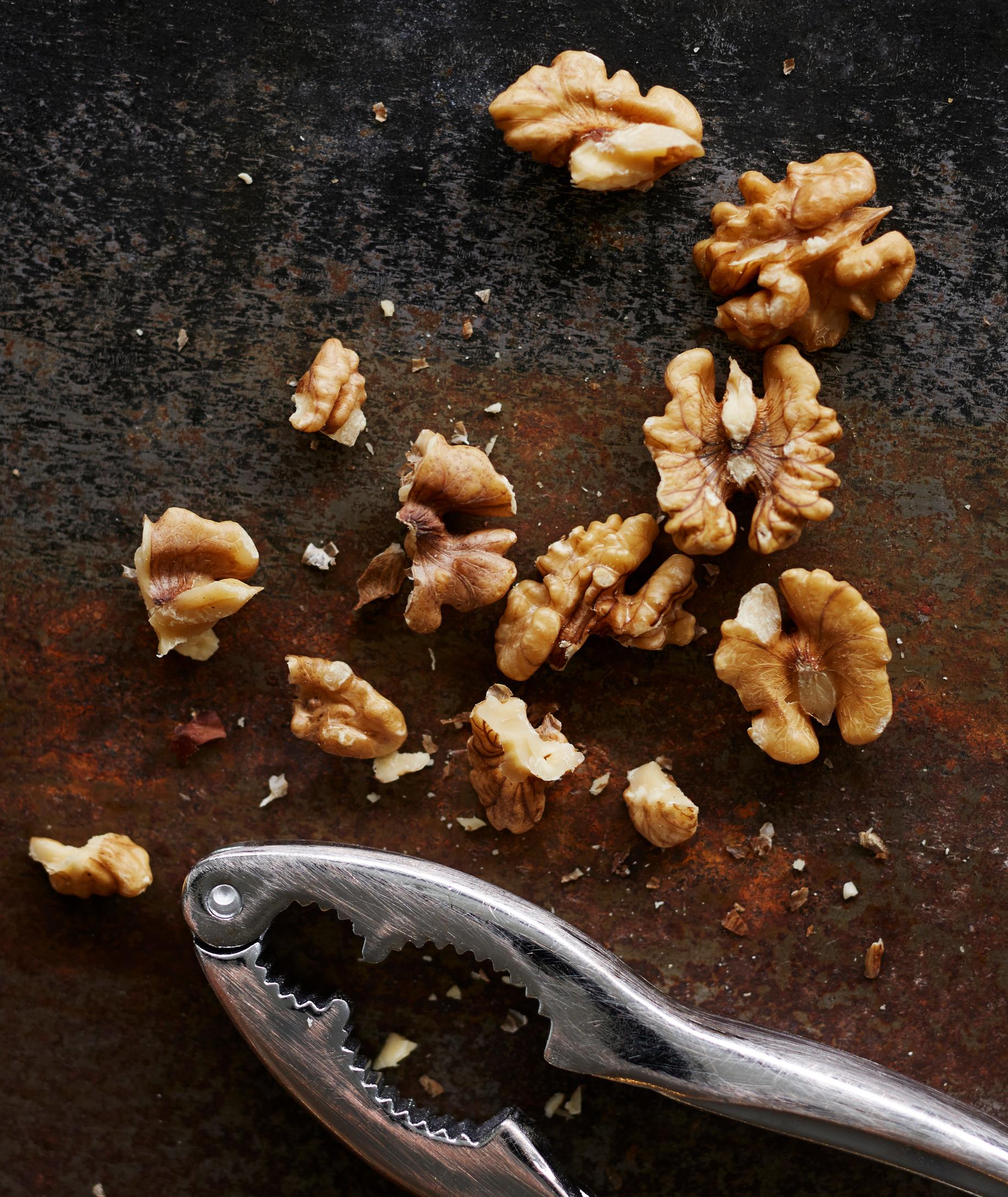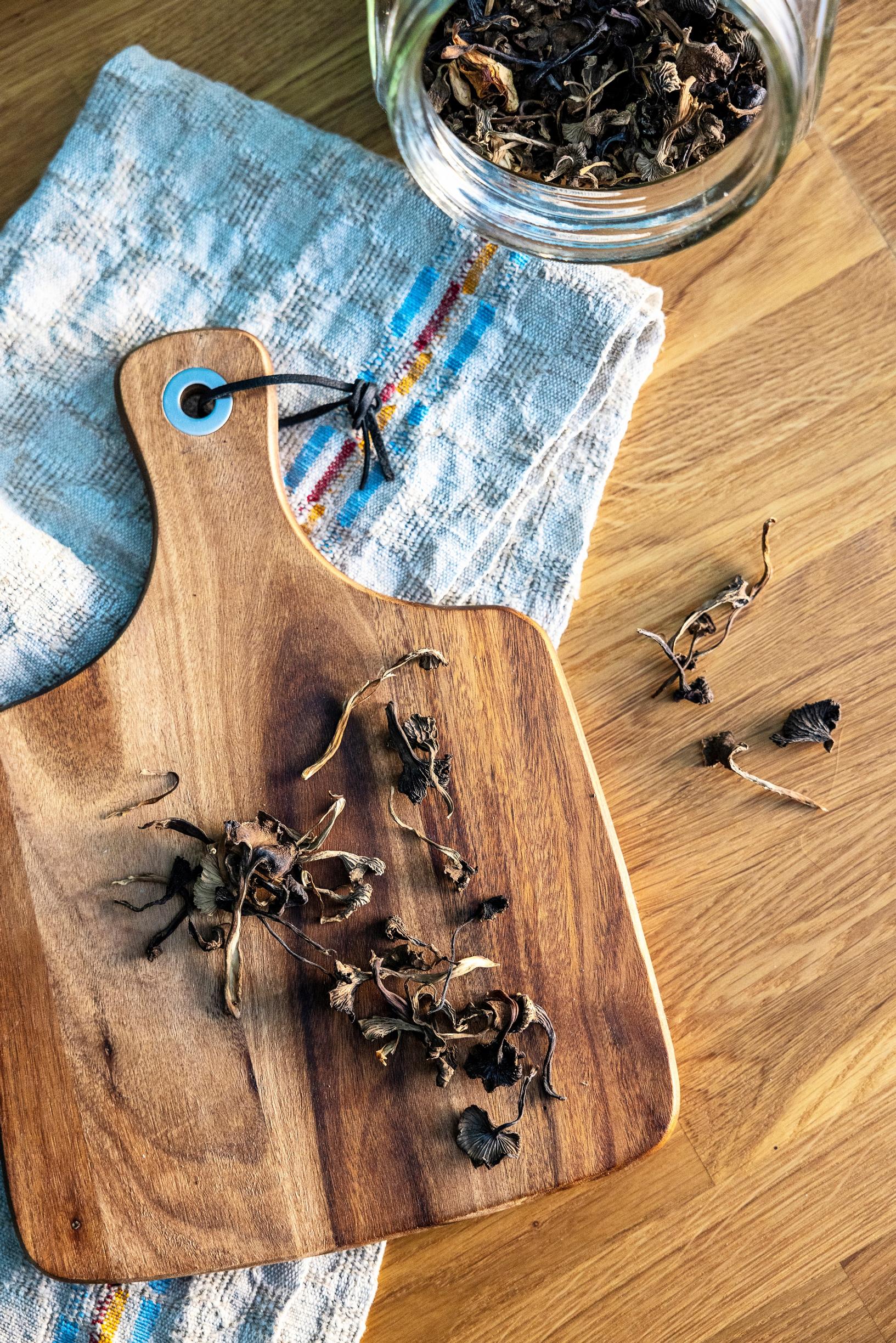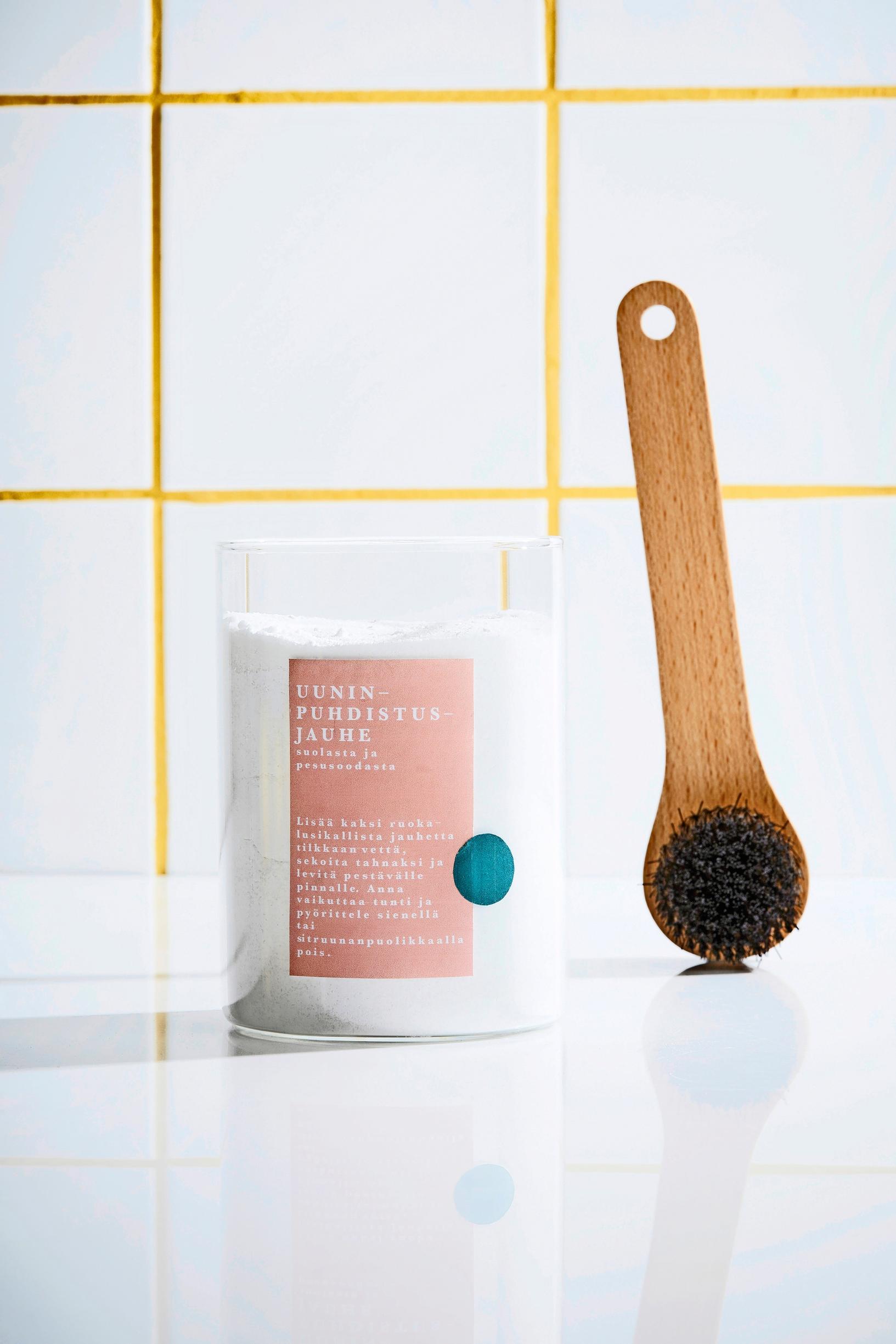
6 ways to remove furniture scratches easily—have you tried the walnut trick?
No worries—it’s just a scratch! You can fix many of your home’s dings and marks yourself—for example, with a walnut, water, and an iron, or a paint marker.
1. Get rid of eyesores on door frames
All sorts of things knock into white-painted door frames, from vacuum cleaners to toy cars. Touching up right away extends the maintenance interval: fill in fresh dents with a white paint marker so they’re barely noticeable. A standard paint marker often matches the shade and sheen of older frames. For brand-new frames with factory-finish white, you can opt for the Maston Touch-Up spot repair pen.
2. Use a nut for wooden furniture scratches
Surface scratches on countertops, dressers, and other wooden furniture can often be erased surprisingly easily—by rubbing them with a walnut or Brazil nut in the direction of the wood grain. The oily, wood-toned nut fills and darkens the scratch.
A wood stain pen also works well. For example, the Profix touch-up dye pen can color worn corners and surface scratches much like a marker, without covering the wood grain. Profix touch-up dye pens are available in 21 shades from Wanha Wiljami.


3. Like a well-oiled machine
Oiled countertops and wooden furniture stay neat if they’re maintained a couple of times a year or whenever water no longer beads on the surface. Choose an oil suited to the piece. For example, Skagerak’s Cura Oil Nature is suitable for protecting oak, teak, cherry, and mahogany indoors. Thoroughly clean the surface to be treated and sand it if necessary. Apply oil to the clean, dry surface with a cloth or brush in the direction of the wood grain, allow it to absorb for 5–10 minutes, then wipe away any excess.


4. Hide parquet scratches with coffee
If you need a quick fix for a scratch on parquet, you can camouflage it temporarily by rubbing it with coffee grounds or a cotton ball dipped in tea. If you have more time, fill the scratch with repair wax. For example, Liberon’s wax filler stick is works well on wooden floors, as well as laminate and melamine surfaces, and it comes in nine different shades.
Scrape away any excess wax with a spatula, and buff the dried surface with a clean, damp rag. If the damage is a dent, water and heat can help the wood fibers straighten out. Fill the dent with warm water, allow it to soak in, then use an iron over a cloth to apply heat over the dent.
5. Looking for a seam solution?
Stubborn grout stains can be brightened using a combination of cleaning solutions. Lime and rust come off with an acidic bathroom cleaner, while detergent residue and grease respond to an alkaline kitchen cleaner. As dry grout absorbs cleaning agents, wet the seams beforehand. First, clean with the alkaline product and rinse, then use the acidic cleaner and rinse, and finally, finish with the alkaline product again and rinse.
If needed, once they’re cleaned, worn or discolored grout lines can be restored to near-new condition using the Saumafix repair agent. You can also use it to change the grout color.


6. The only way to fix silicone is to replace it
Replace the silicone joints of tiled surfaces when the joints become hard, darken, or start peeling away—usually every 5–7 years. Remove the old silicone with a specialized removal knife; scrape away any remaining bits with a utility knife, then vacuum and wipe with acetone. Mask both sides of the joint with painter’s tape, leaving a narrow gap overlapping both surfaces you’re sealing. Apply silicone between the tapes, remove any excess with a silicone trowel, then remove the tape and let it dry. A silicone containing anti-mold agents will last a long time.




